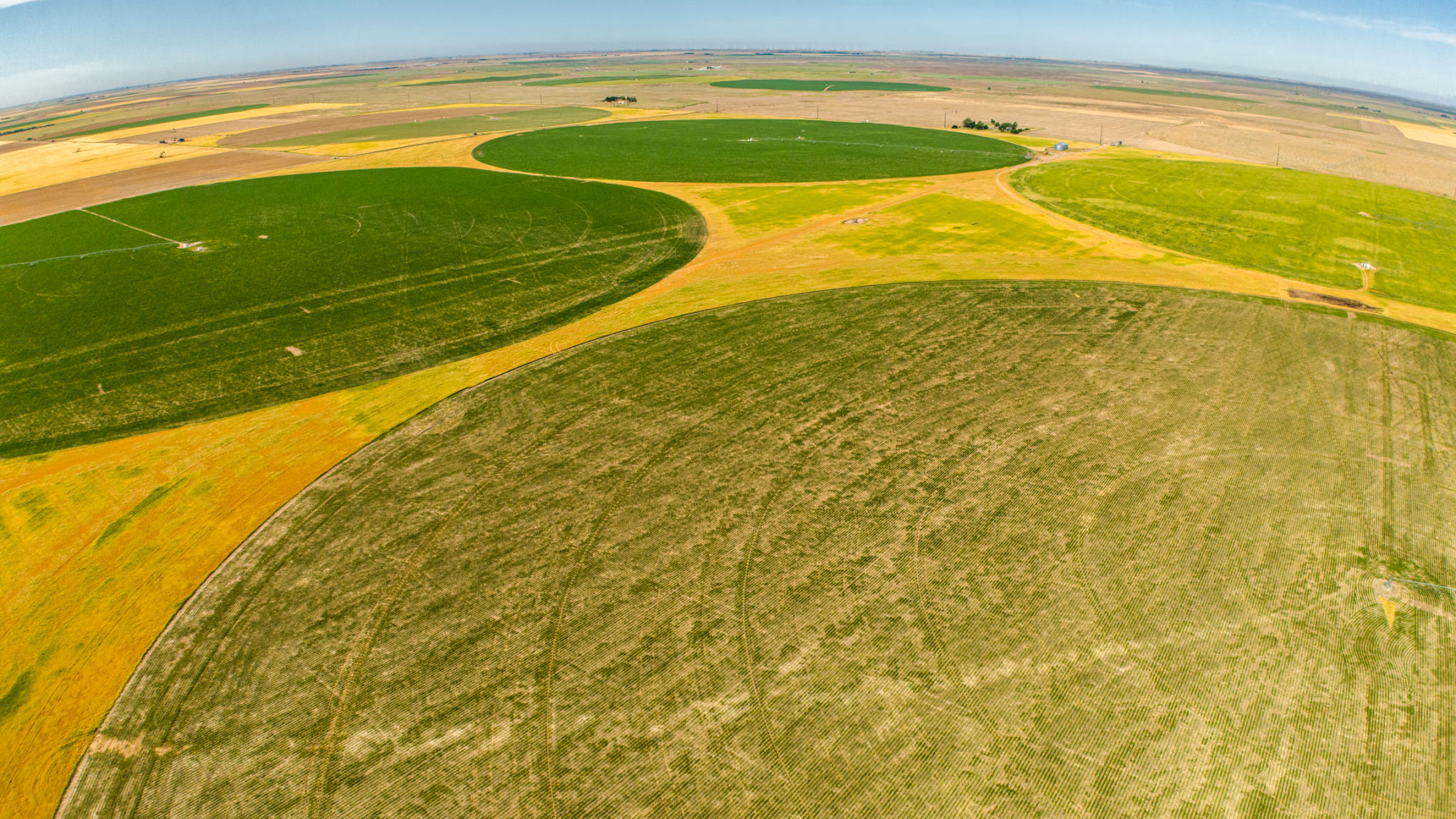Essential Agronomic Practices for Boosting Crop Yield
Understanding Soil Health
One of the most critical aspects of agronomy is maintaining soil health. Healthy soil leads to healthy crops, which ultimately results in higher yields. To ensure soil fertility, it's important to regularly test the soil for nutrients and pH levels. This will help in determining the right type of fertilizers and amendments needed for optimal crop growth.
Additionally, incorporating organic matter, such as compost or green manure, can significantly enhance soil structure and nutrient content. These practices not only improve water retention but also promote beneficial microbial activity, which is essential for plant health.

Choosing the Right Crop Varieties
Another essential practice in agronomy is selecting the appropriate crop varieties. It's important to choose varieties that are well-suited to the local climate and soil conditions. This decision can make a significant difference in yield outcomes, as certain varieties may be more resistant to local pests and diseases.
Moreover, opting for hybrid varieties that are specifically bred for high yield and resilience can further enhance productivity. Farmers should consider factors like maturity period, drought tolerance, and pest resistance when selecting crop varieties.
Crop Rotation and Diversification
Crop rotation is a traditional practice that involves alternating different crops in the same field across seasons. This not only helps in breaking pest and disease cycles but also improves soil structure and fertility. By diversifying crops, farmers can reduce the risk of total crop failure due to pests or adverse weather conditions.

Efficient Water Management
Water is a vital resource for crop growth, and its efficient management is crucial for boosting yields. Irrigation systems should be optimized to minimize water wastage while ensuring that crops receive adequate moisture. Techniques such as drip irrigation and rainwater harvesting can be highly effective in conserving water.
Furthermore, scheduling irrigation based on crop needs and soil moisture levels can prevent overwatering and promote healthier plant growth. This approach not only conserves water but also reduces the risk of nutrient leaching.
Integrated Pest Management (IPM)
Pests and diseases can significantly impact crop yields if not managed effectively. Integrated Pest Management (IPM) is a sustainable approach that combines biological, cultural, mechanical, and chemical control methods to manage pest populations. By using a combination of these practices, farmers can reduce the reliance on chemical pesticides, which are often harmful to the environment.

Regular Monitoring and Record-Keeping
Regularly monitoring crops for signs of stress, disease, or pest infestation is essential for timely intervention. Keeping detailed records of crop performance, inputs used, and environmental conditions can help farmers make informed decisions and adjust practices as needed.
These records also provide valuable insights into what practices worked well and what didn't, allowing for continuous improvement in agronomic strategies over time. Consistent monitoring ensures that issues are addressed promptly before they escalate into major problems.
Adopting Technology in Agriculture
The adoption of modern technology in agriculture can greatly enhance productivity. Tools such as GPS-guided equipment, drones for field surveillance, and data analytics platforms can provide valuable insights into optimizing agronomic practices. These technologies enable precision farming, allowing farmers to apply inputs more efficiently and sustainably.

